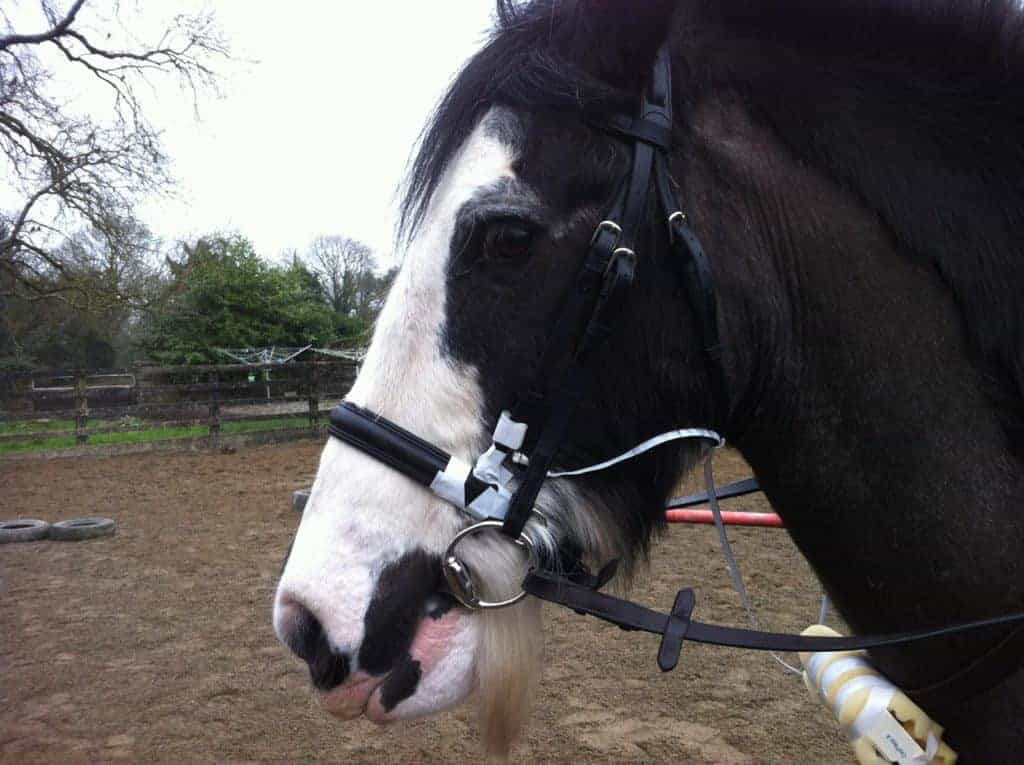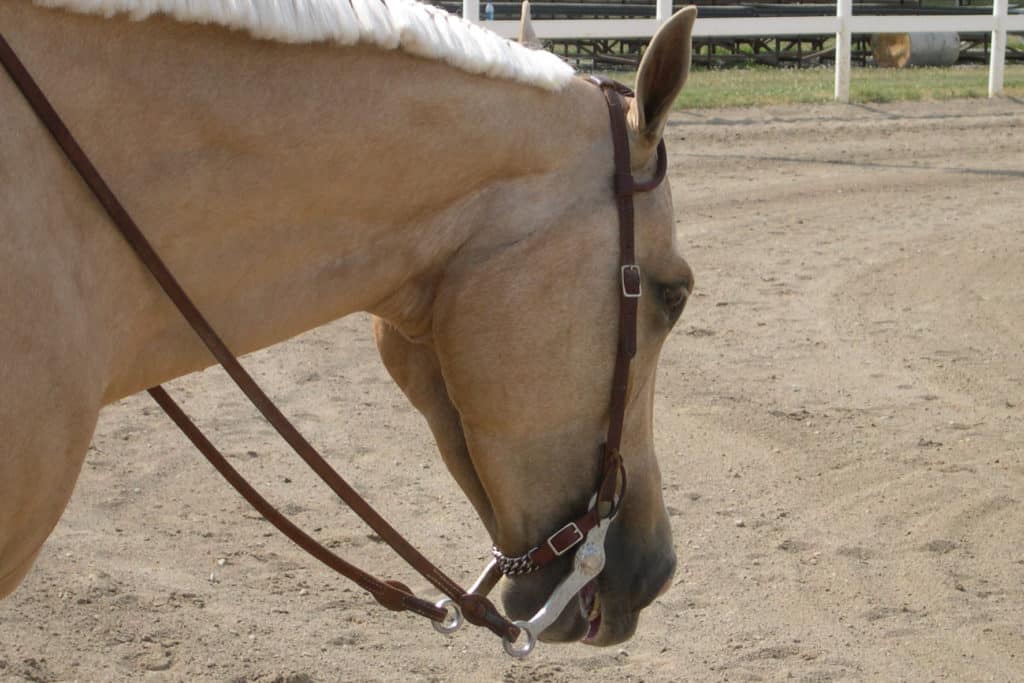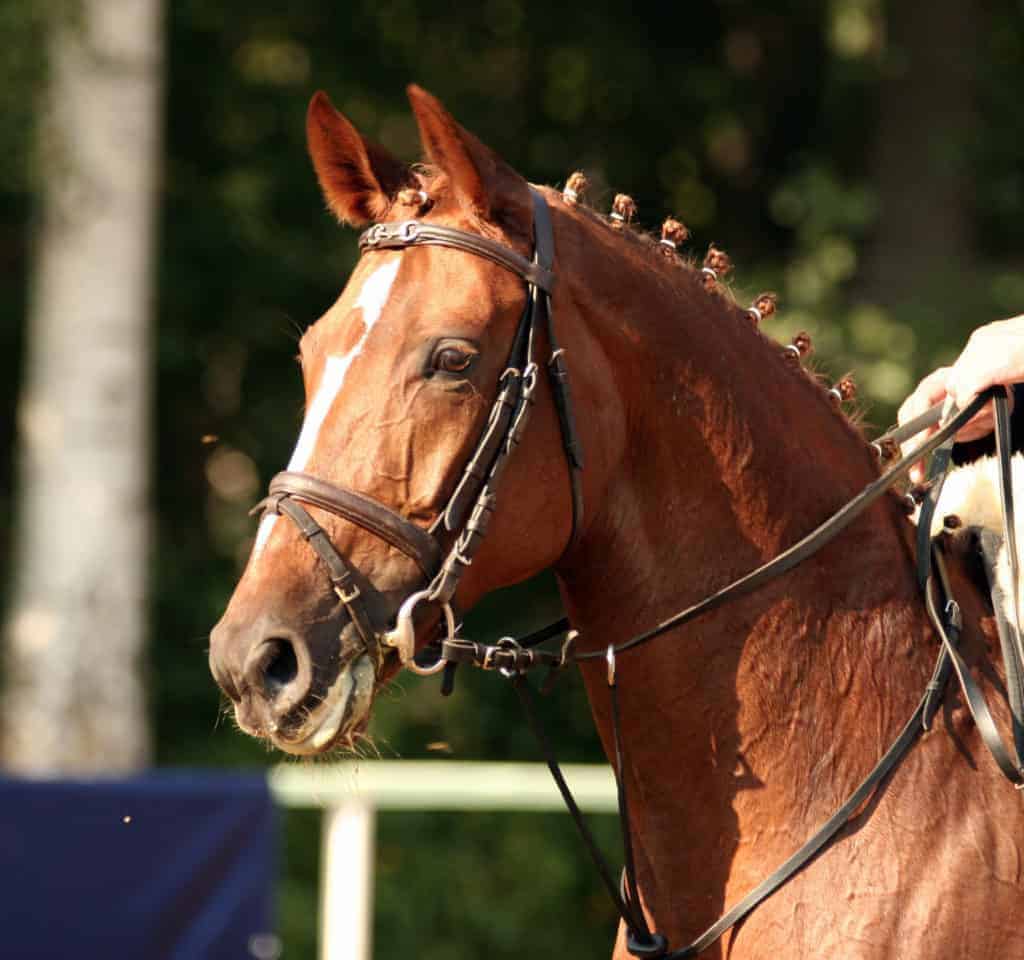
Researchers Study Horses’ Startle Response to Novel Objects
One of the most consistent indicators of equine temperament is a horse’s novelty response, researchers say.

One of the most consistent indicators of equine temperament is a horse’s novelty response, researchers say.

Researchers estimate that if a horse investigates an object for 13 seconds or more, then he is likely playing.

More frequent forage feedings for group-housed horses could lead to a balance between feeding and resting.

Jockeys struck a simulator with significantly (approximately 15%) more force with the backhand than forehand.

Training efficacy and stress levels were similar in the negative and positive reinforcement groups.

Researchers recently developed two pressure detection systems to measure pressure exerted by nosebands.

Horses undergoing T-Touch exhibited fewer aggressive reactions than those experiencing massage or rest.

Dr. Hayley Randle shares why it’s important for riders and coaches to understand rein tension.

Dr. Hayley Randle of Duchy College in Cornwall, U.K., compares how professional and amateur riders responded during her rein tension study.

Training outcomes are affected by a horse’s arousal state and his attachment to his trainer, scientists say.

Reflective equipment use doesn’t appear to affect the occurrence or absence of near misses with traffic.

Dr. Hayley Randle, a researcher with the equitation science department at Duchy College in Cornwall, U.K., shares the results of her study investigating rider perception of rein tension.

Study results suggest riders of all levels tend to misjudge the amount of tension they apply to their reins.

Research on escape and avoidance can help trainers improve techniques to benefit horse welfare.

“Learning theory” research could help keep vets safer when working with difficult equine patients.
Stay on top of the most recent Horse Health news with
"*" indicates required fields